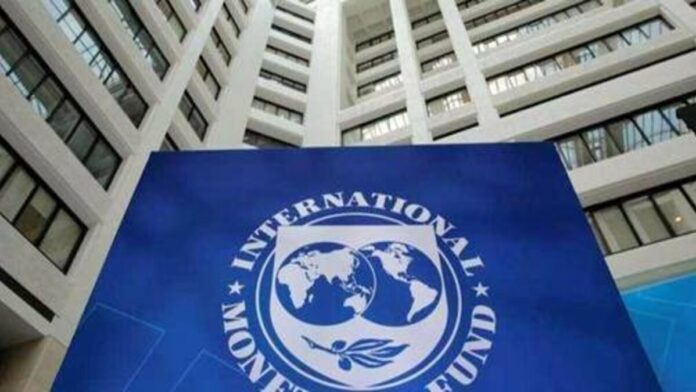According to the latest World Economic Outlook (WEO) report released by the International Monetary Fund (IMF), Pakistan’s real GDP growth rate projection for the current fiscal year has been slashed from 2% to 0.5%. The report also predicts that the country’s GDP growth rate would be 3.5% in fiscal year 2024. Inflation, measured by the Consumer Price Index (CPI), is forecasted to be recorded around 27.1% in FY23 and fall to 21.9% in FY24. Meanwhile, the current account deficit (CAD) is projected to be 2.3% and 2.4% in FY23 and FY24, respectively.
The IMF’s downgrading of Pakistan’s growth rate projections comes days after the World Bank and Asian Development Bank also lowered their forecasts to 0.4% and 0.6%, respectively. The country’s economy has been struggling to recover, with inflation at a decades-high level, several companies shutting down, and uncertainty due to the delay in the release of an economic bailout by the IMF.
The WEO also paints a gloomy picture of the global economy, with global growth forecasted to slow in both the short and medium terms. Close to 90% of advanced economies are expected to experience slowing growth this year, while Asia’s emerging markets are predicted to see a substantial rise in economic output, with India and China accounting for half of all growth. Low-income countries are expected to suffer a double shock from higher borrowing costs and a decline in demand for their exports, which could worsen poverty and hunger.
The IMF expects global inflation to slow to 7% this year, down from 8.7% last year, but this figure remains significantly above the 2% target set by the US Federal Reserve and other central banks around the world. The report also highlights concerns about low productivity in many countries and geopolitical tensions that could weigh on growth in the medium term.
























Nice and good post ! Lahore, the cultural capital of Pakistan, is not only known for its rich history and vibrant culture, but also for its rapidly growing real estate market. The city has been experiencing a surge in real estate development over the past few years, with a range of investment opportunities available for both local and foreign investors. In this blog, we will take a closer look at the real estate market in Lahore and explore the reasons behind its growth. One of the main drivers behind the growth of the real estate market in Lahore is the city’s growing population. With a population of over 11 million people, Lahore is the second most populous city in Pakistan. As more people move to the city in search of better job opportunities and a higher standard of living, the demand for housing and commercial space is increasing.